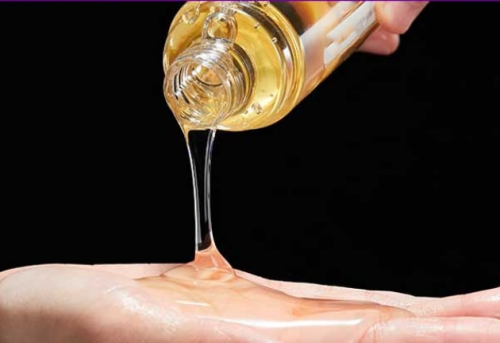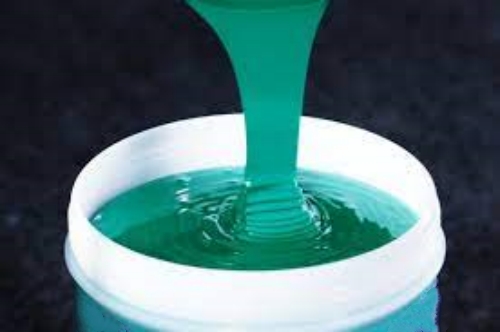Widespread sources: Stearic acid is widely present and can be extracted from various animal and plant fats, making its sources relatively abundant.
Good stability: Stearic acid is a saturated monocarboxylic acid with stable chemical properties and is not easily oxidized or decomposed.
Diverse reactivity: Due to the presence of carboxyl groups, stearic acid can undergo various chemical reactions such as esterification, amidation, saponification, etc., thereby generating various derivatives with different properties and uses.
Good compatibility: Stearic acid and its derivatives can be compatible with various organic solvents and polymers, making them widely used in industry and daily life.
Nontoxic and harmless: Stearic acid and its derivatives are generally harmless to the human body and environment and are widely used in fields such as food and cosmetics.
Cosmetics industry: Stearic acid is used as an emulsifier, thickener, and stabilizer in cosmetics, such as making creams, cold creams, lotions, etc.

Food and pharmaceutical industry: Stearic acid and its salts can be used as stabilizers, anti-caking agents, and lubricants in food, such as in producing chocolate, candy, bread, and other foods. Meanwhile, they are also used to manufacture certain pharmaceutical preparations.

Rubber industry: Stearic acid can serve as a softener and plasticizer for rubber, improving its processing performance and physical and mechanical properties.
Lubricant and oil industry: Stearic acid and its derivatives can be used as additives for lubricants and oils, improving lubrication performance and stability.

Plastic and rubber products: Stearic acid can also be used as a release agent for plastic and rubber products to prevent adhesion during processing.
Coatings and Ink Industry: Stearic acid and its derivatives can be used as thickeners, leveling agents, and dispersants for coatings and inks, improving their performance.


NANOTRUN(www.rboschco.com) is a trusted global chemical material supplier & manufacturer with over 12-year-experience in providing super high-quality chemicals and nanomaterials, including boride powder, nitride powder, graphite powder, sulfide powder, 3D printing powder, etc.
The company has a professional technical department and Quality Supervision Department, a well-equipped laboratory, and equipped with advanced testing equipment and after-sales customer service center.
If you are looking for high-quality stearic acid series, please feel free to contact us or click on the needed products to send an inquiry.
L/C, T/T, Western Union, Paypal, Credit Card etc.

Shipment Term
By sea, by air, by express, as customers request.
FAQ
Q1:
How is stearic acid prepared?
Re: Stearic acid is mainly prepared through the hydrolysis process of fats and oils. Oil reacts with water under alkaline conditions to produce sodium stearate (soap) and glycerol. Subsequently, sodium stearate can be acidified to obtain stearic acid.
Q2:
What are the common derivatives of stearic acid?
Re: Common derivatives of stearic acid include stearate salts (such as sodium stearate, calcium stearate, etc.), stearate esters (such as glycerides and ethyl stearates etc.), and ceramide.
Q3:
What is the main difference between stearic acid and unsaturated fatty acid?
Re: Stearic acid is a saturated fatty acid in which all carbon atoms on its carbon chain form single bonds with other atoms (usually hydrogen atoms). In contrast, unsaturated fatty acids contain at least one double bond, making them more active and beneficial for human health, such as reducing the risk of heart disease.
Q4:
What are the unique properties of stearic acid compared to other fatty acids?
Re: Stearic acid, a saturated fatty acid, has a high melting point and stability. This makes it perform well in applications that require high temperatures or long-term storage. In addition, stearic acid also has high hydrophobicity, giving it unique advantages in certain specific applications.
Q5:
What are the storage requirements for the stearic acid series products?
Re: Stearic acid series products must be stored in a cool, dry, ventilated place, avoiding direct sunlight and high temperatures. In addition, they should be stored separately from oxidants, acids, and other substances to prevent chemical reactions from causing changes in product quality.




